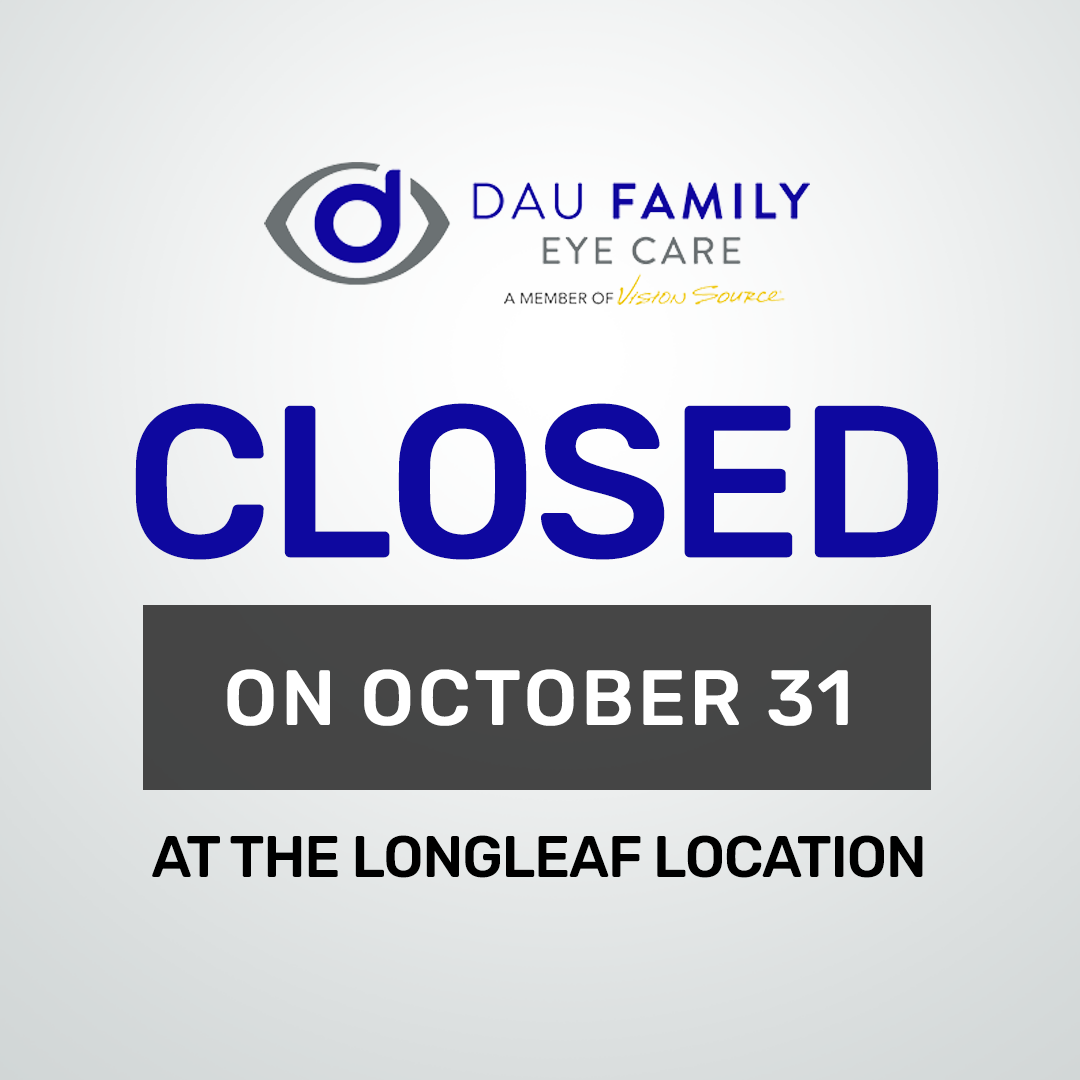
The treatment of AMD, or age-related macular degeneration, can include nutritional and lifestyle changes. You should note that AMD has no medical treatment. The dietary and lifestyle changes you make can help slow the condition’s progression. Adopting some of these changes in your daily life improves not only your eye health but also your overall health. Read on to find out more.
Nutritional Changes to Help Prevent AMD
A healthy AMD diet should include foods rich in certain minerals, vitamins, and other nutrients. Consume plenty of vegetables and fruits, as well as seeds and nuts. Also, the diet should not contain certain foods that might compound chronic diseases associated with AMD or affect your eyes.
The National Eye Institute also recommends the AREDS2 formula because it comprises all these nutrients. Here are some of the best foods to eat for AMD:
Omega-3 Fatty Acids
Some of the essential Omega-3s include ALA, typically found in seeds and nuts, and DHA and EPA, mainly found in fatty fish. These fatty acids help lower cholesterol levels and are usually associated with age-related macular degeneration. They also help your body ward off inflammation, which experts believe has a hand in AMD.
Antioxidants
Antioxidants found in vitamins A, C, and E help your body handle cellular damage. Get vitamin A from red-orange colored fruits, dark leafy greens, and vegetables. Seeds, nuts, and oils have plenty of vitamin E. Citrus is rich in vitamin C.
Copper and Zinc
Whether directly or indirectly, these minerals positively impact your eye health. For copper, ingest plenty of legumes, dark leafy greens, and eggs. On the other hand, zinc regulates cellular function and helps absorb vitamin A antioxidants.
Lifestyle Changes to Help Prevent AMD
Some of the lifestyle changes you can make to prevent or slow down AMD progression include:
Ceasing Smoking
Studies show that cigarette smoking plays a crucial role in the development and progression of AMD. Surprisingly, it is the most modifiable risk factor for AMD. Experts report that smoking increases the risk of developing AMD by at least two-fold compared to non-smokers.
Maintain Your Blood Pressure
Hypertension or high blood pressure is directly linked to the absence of physical exercise, increased weight, and other factors. Among them is reduced choroidal blood flow, which is also associated with AMD development. If your hypertension remains unaddressed, you are at a higher risk of AMD and other retinal conditions.
Wear Sun Protection or Sunglasses
While everyone should protect their eyes from the sun’s harmful UV rays, people with AMD should be extra vigilant. Ultraviolet rays can contribute to AMD and cataract formation. It may even exacerbate your existing AMD. To avoid this, you can wear a wide-brimmed hat when going outdoors or wear dark sunglasses.
Conclusion
Lifestyle and nutritional changes are just part of the AMD treatment plan. While these changes alone are not enough and cannot cure AMD, they effectively slow its progression. Consult your doctor about ways you can make effective lifestyle and nutritional changes to help prevent AMD.
For more on AMD, visit Dau Family Eye Care at our St. John’s, Florida office. Call (904) 713-2020 to schedule an appointment today.





